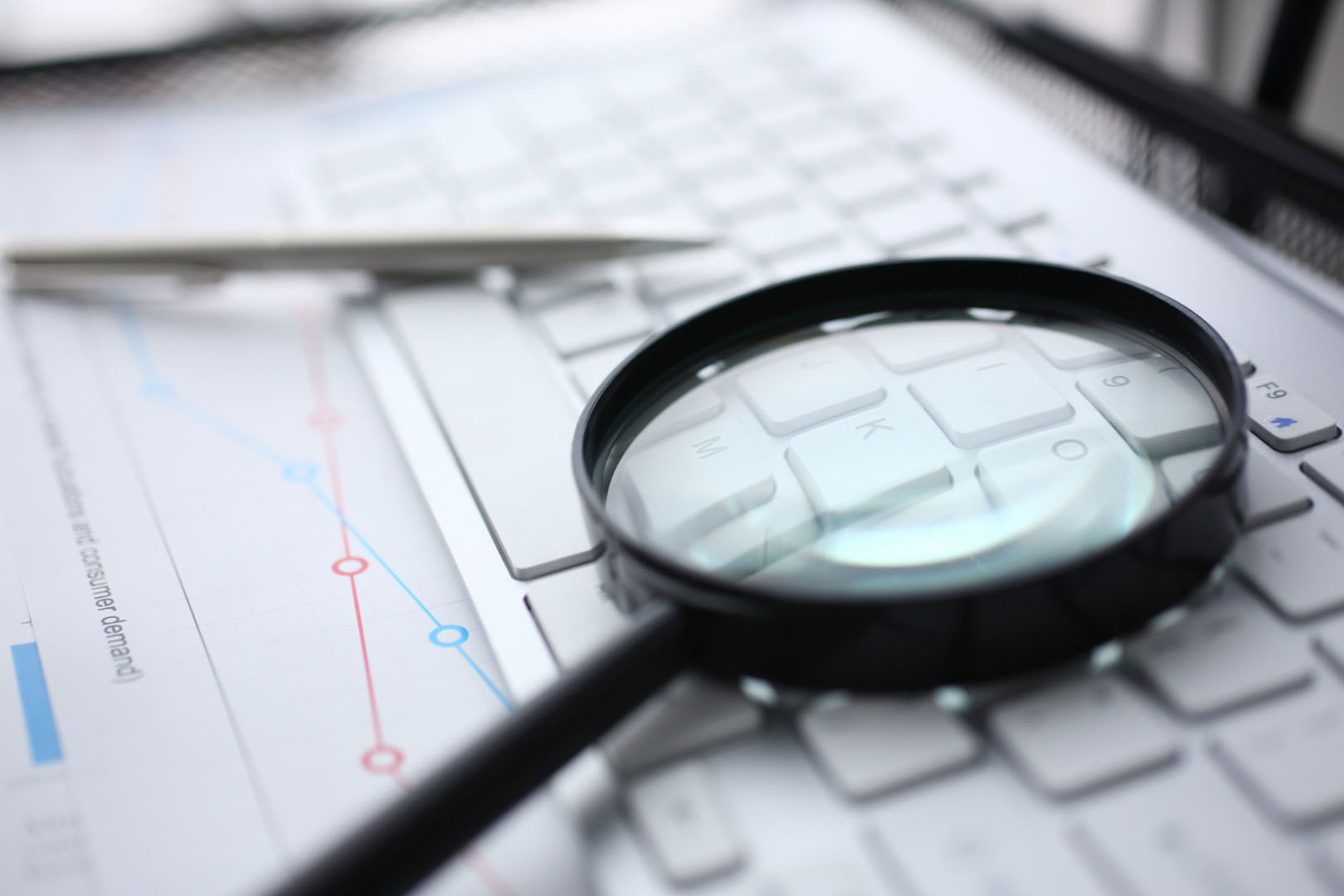Product safety assessment


What does a security assessment look like?
A safety report is a process involving several steps. According to Article 3 of Cosmetic Regulation 1223/2009/EC[1], a cosmetic product must be safe for human health under normal or foreseeable conditions of use. Ensuring safety is the overriding responsibility of the cosmetic marketer, i.e. the manufacturer or importer.
Stage A
Safety Report
This step of the safety report contains information on the safety of the cosmetic product. This information should enable the safety assessor to clearly identify and quantify, based on the identified risks, what risks the cosmetic product may pose to human health.
01
Quantitative and qualitative composition of the cosmetic product
We will determine the quantitative and qualitative composition of the product, as well as the chemical identification of substances. In addition, if the product contains fragrances and aromatic compositions, we will specify their name and composition number.
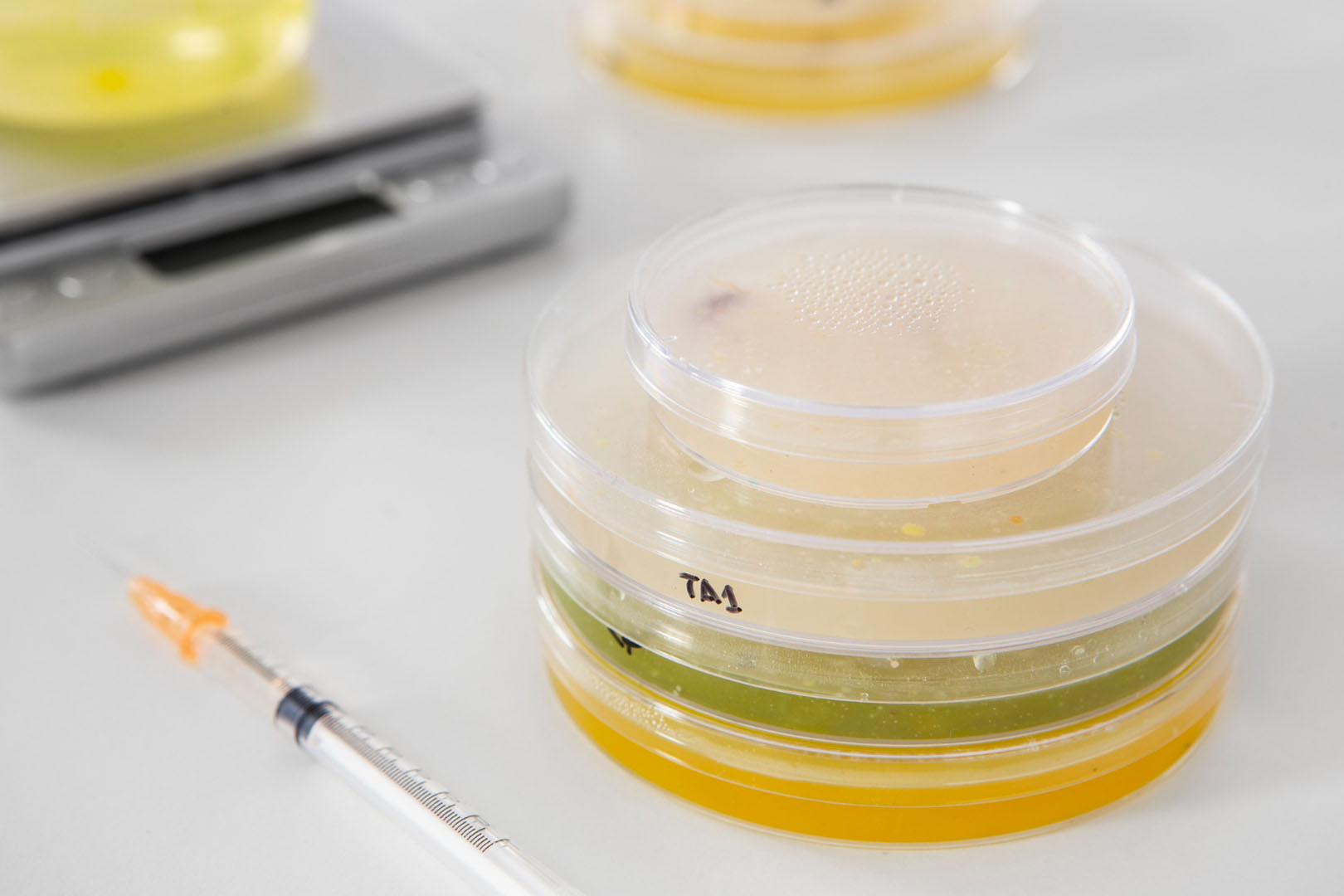
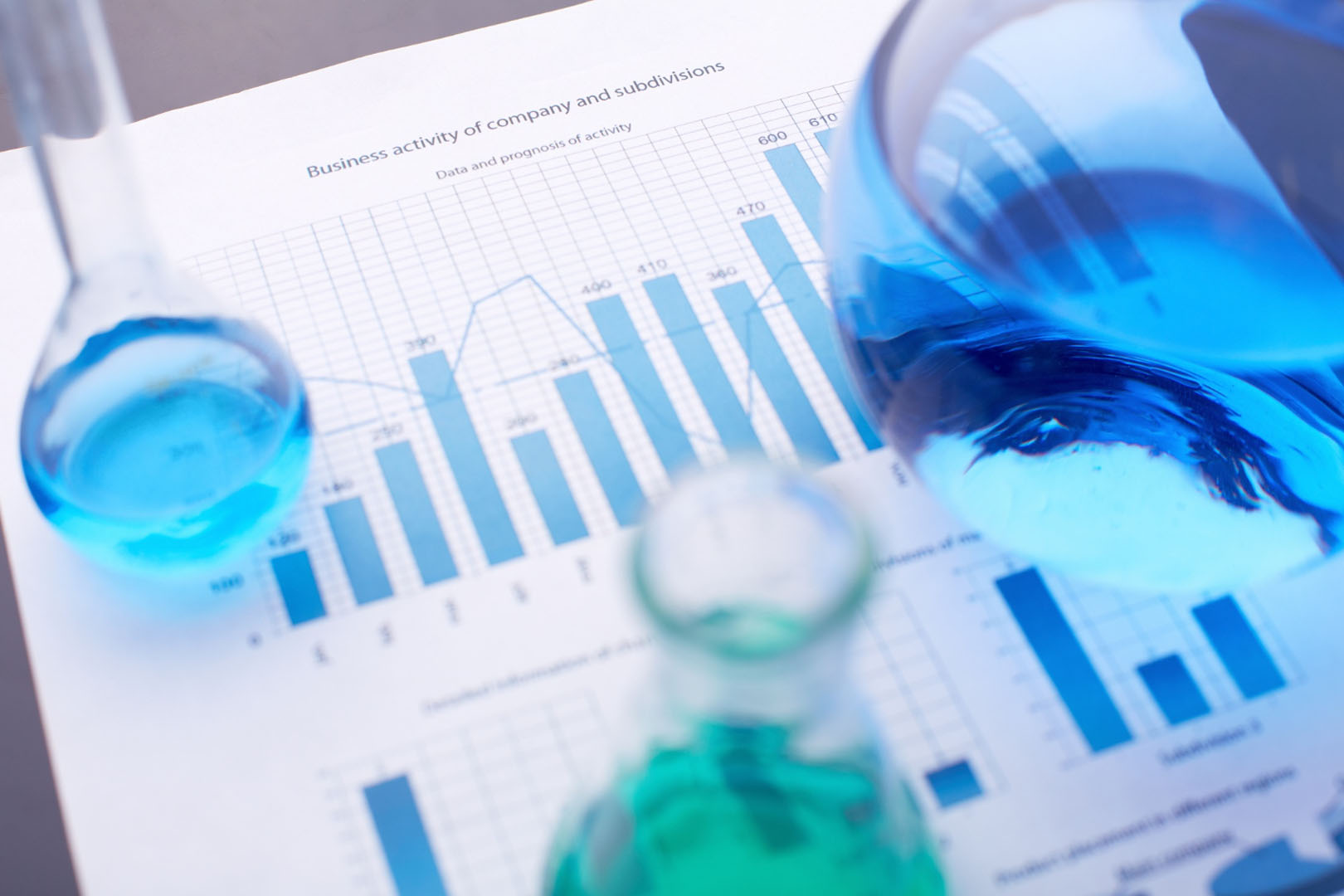
02
Physical/chemical properties and stability of the product
Determination of the chemical and physical properties of the substance and the stability of the product is carried out under expected storage conditions.
03
Microbiological quality
We will specify in detail the microbiological specifications of the substance. This part of the report is particularly important for cosmetics that are used in the circumstances of the eyes, mucous membranes, damaged skin, and on children and the elderly.
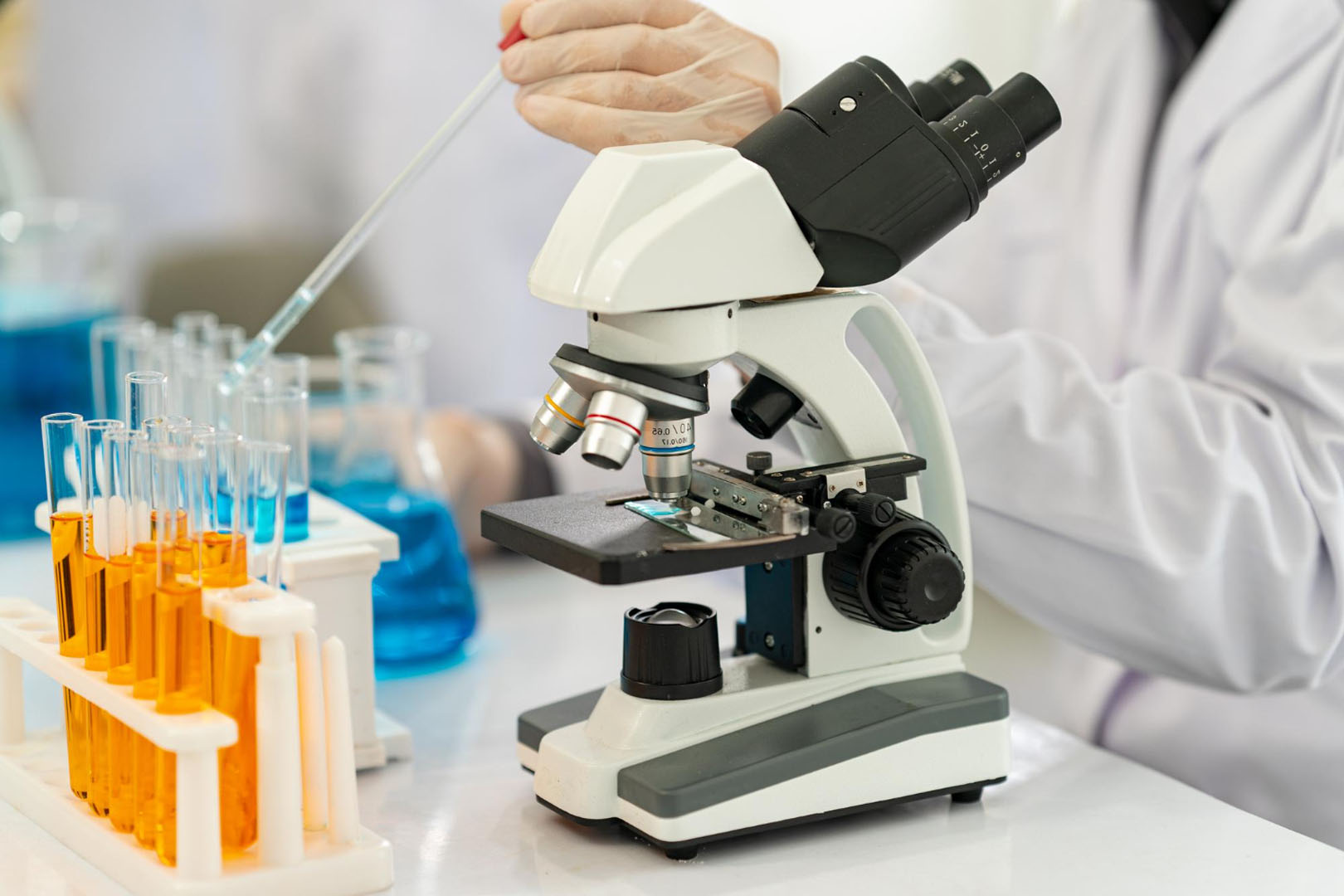
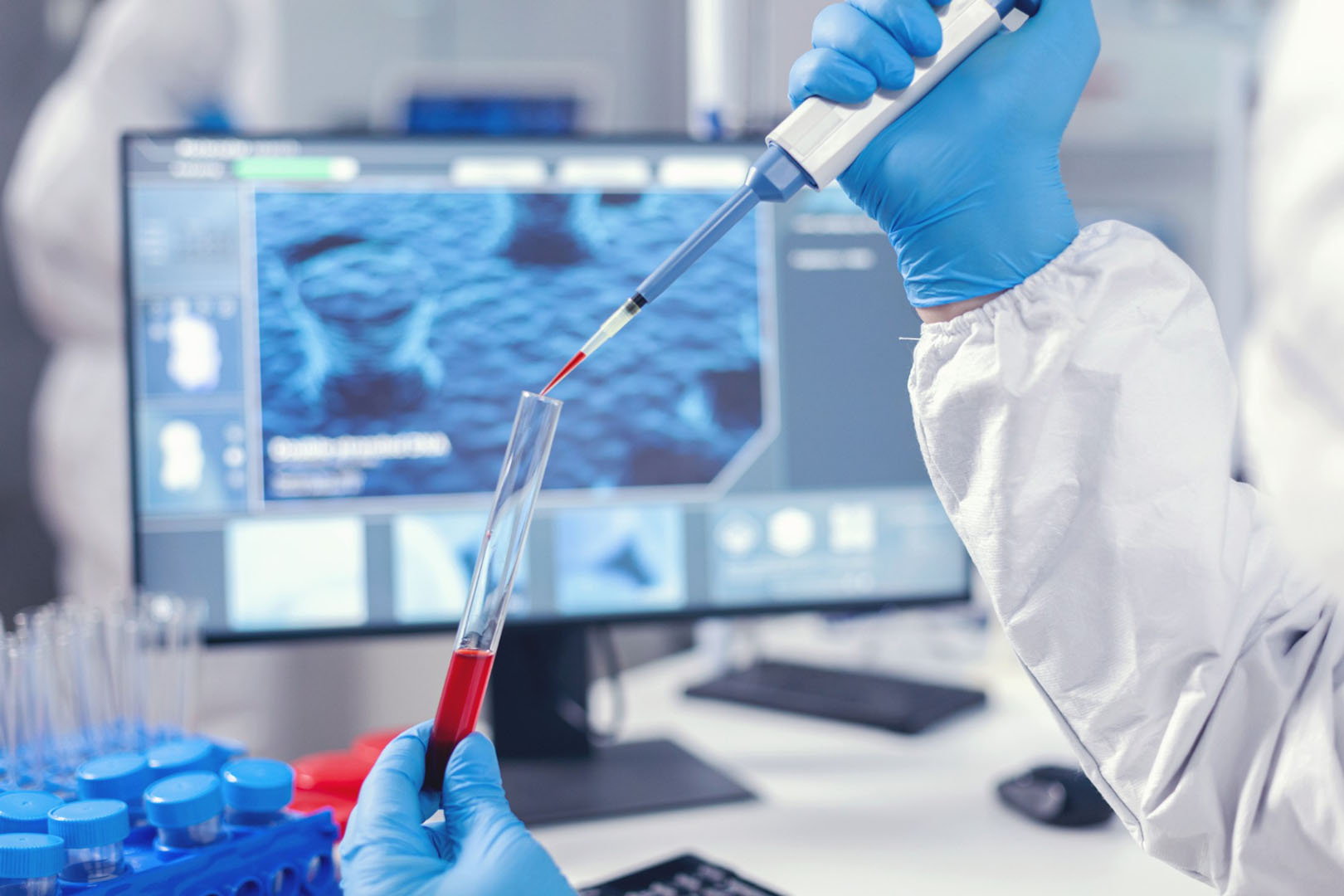
04
Contamination, trace amounts, packaging material information
During the report, the purity of the substance tested will also be determined. In the case of the presence of traces of other prohibited substances, we will provide evidence that their avoidance is technically impossible.
The packaging will also be tested – purity and stability.
05
Use of the product
We will specify and justify the expected use of the product. It is extremely important that such information be included on the product label.
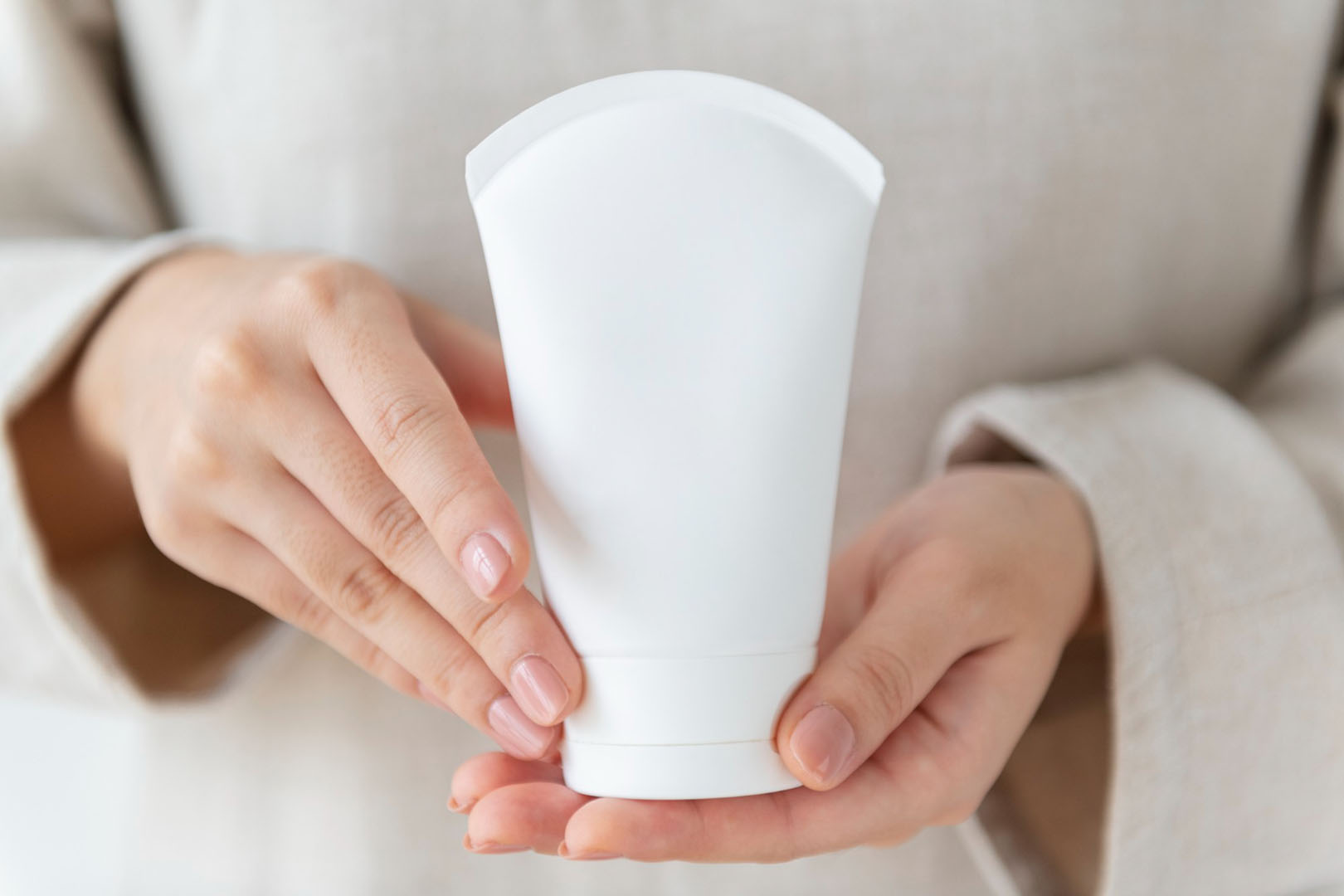
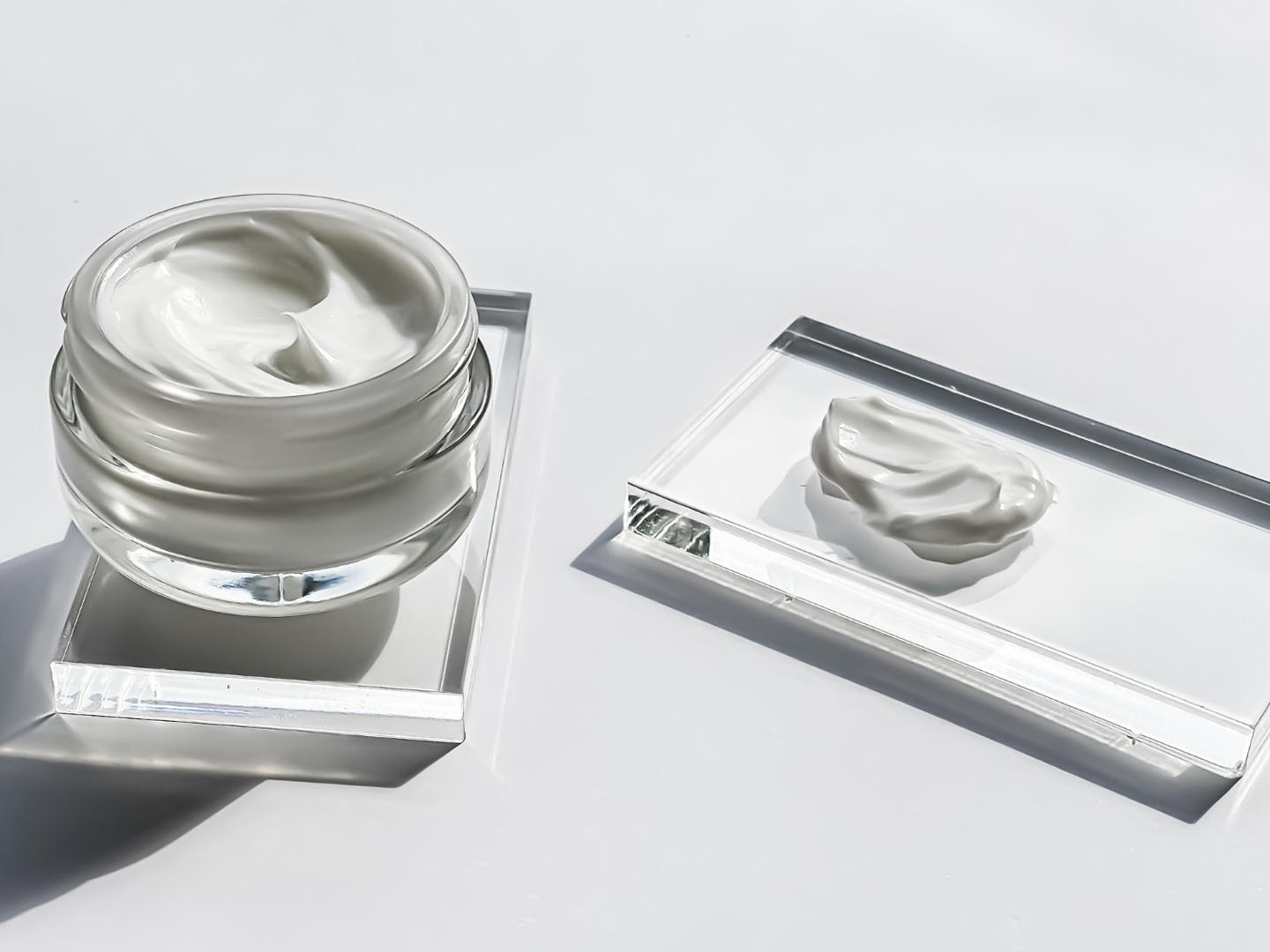
06
Exposure to a cosmetic product
We will indicate information on the possibility of exposure to the product. These will include:
- Application sites
- Area of application of the product
- The amount of cosmetic applied
- Duration of properties and frequency of application
- Expected routes of exposure
- Target and exposed group of the product
07
Exposure to substances
These are product exposure data according to the points in Section 6.
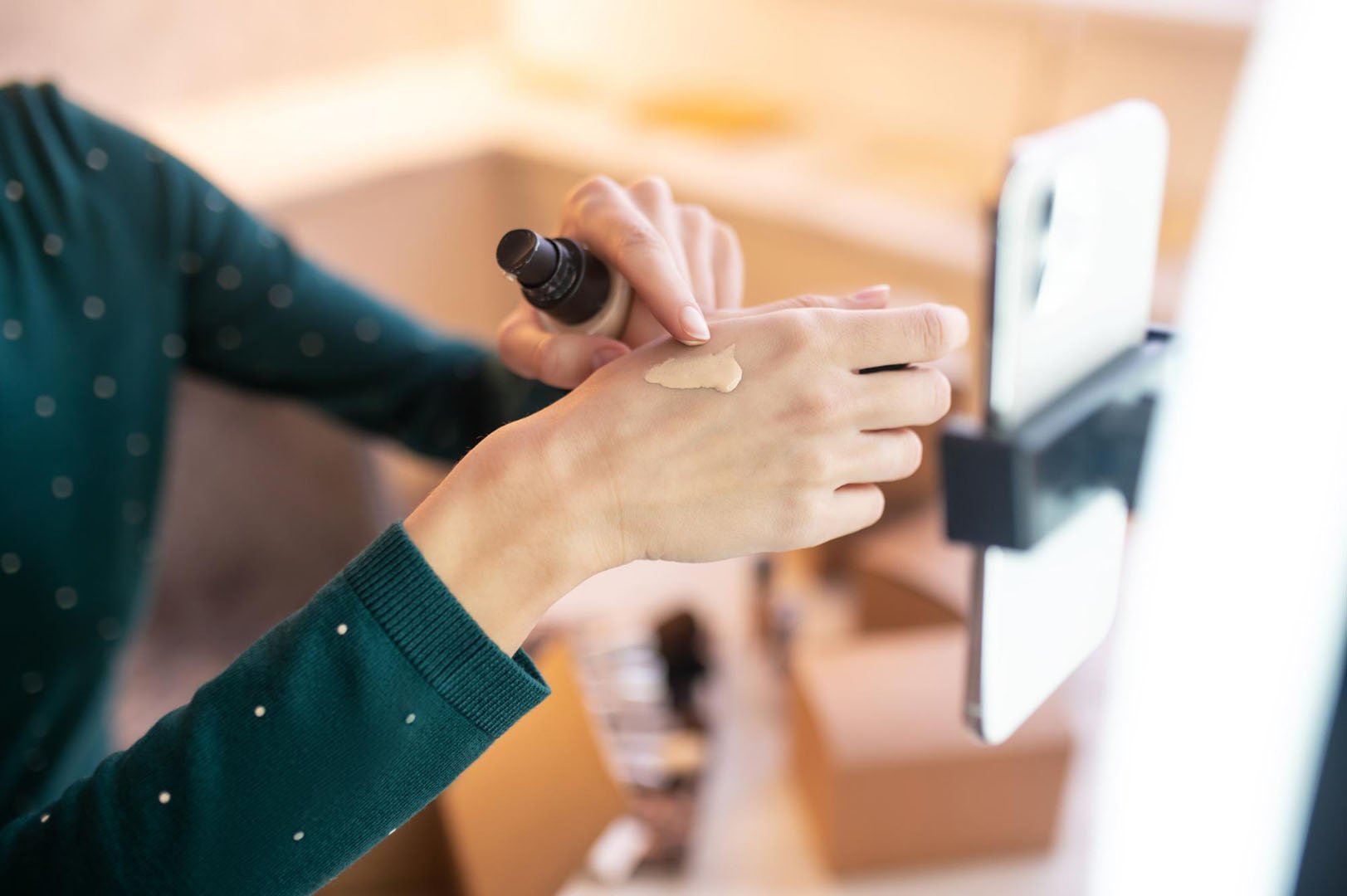
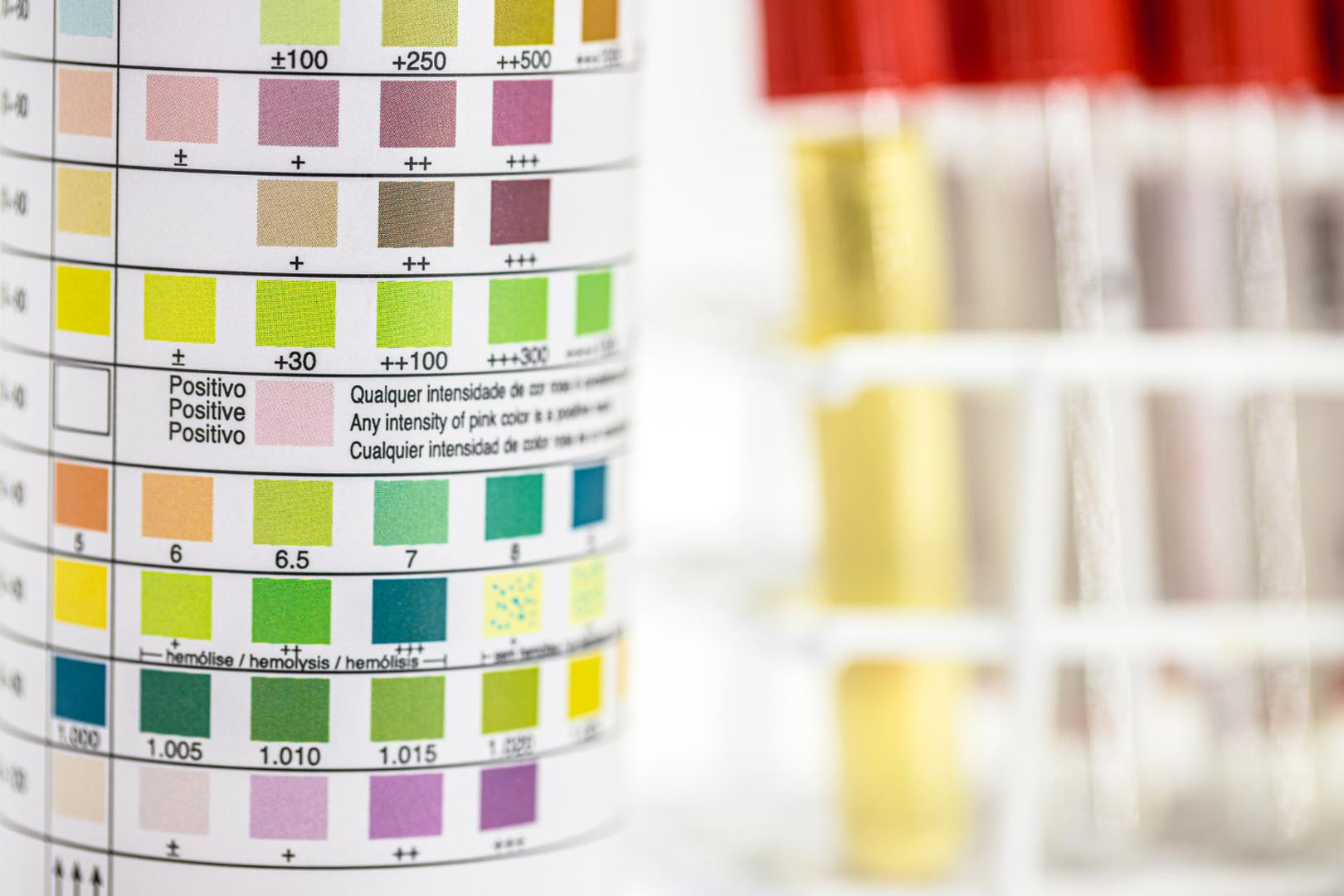
08
Toxicological profile
In this part of the safety report, we will describe the toxicological risks of each component substance of the final product. All of these substances will be tested and their evaluation justified.
09
Adverse reactions
We will extract information on the adverse effects of the product, taking into account statistical data.


10
Product information
Other information that is relevant from the legal and manufacturer’s point of view. These will include, for example, current studies with volunteers or risk assessments conducted for other, related products.
Stage B
Safety assessment
Part B is the actual safety assessment of the cosmetic product based on the data collected in Part A. Therefore, it is the fully substantiated opinion of the person evaluating the safety of the final product.
01
The conclusion of the evaluation
It is in this part of the report that the auditor determines whether the product is safe; safe with certain limitations or not safe for human use. If it is determined that the product is unsafe to use – it is not possible to put the product on the market.

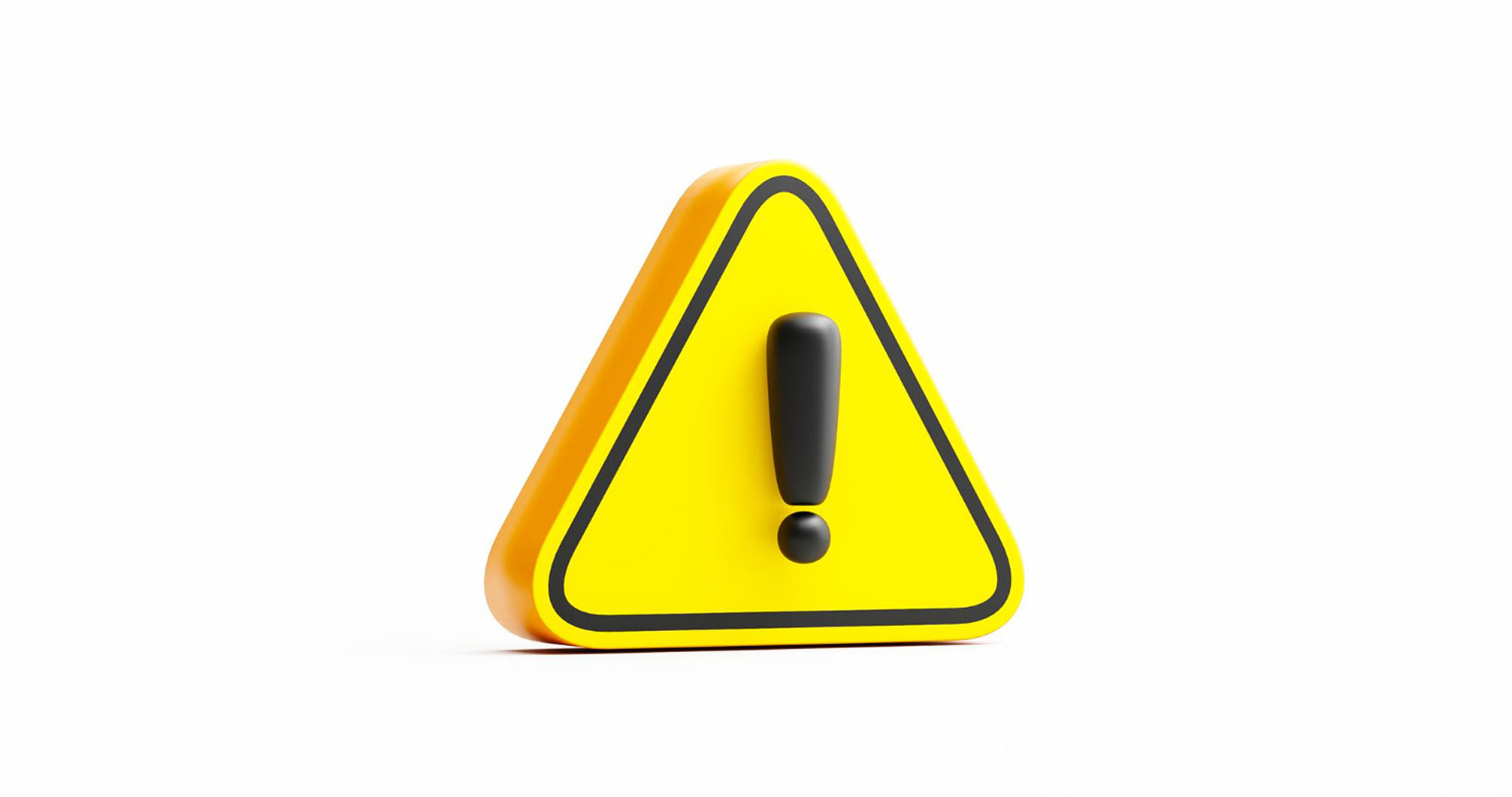
02
Warnings and instructions to be placed on the label
This section will list all warnings and instructions for the ingredients contained in the cosmetic product.
03
Reasoning
The final stage of the product safety assessment must explain how the auditors came to their conclusions (contained in Part A of the assessment). In addition, all conclusions will be reviewed and, if necessary, updated.
